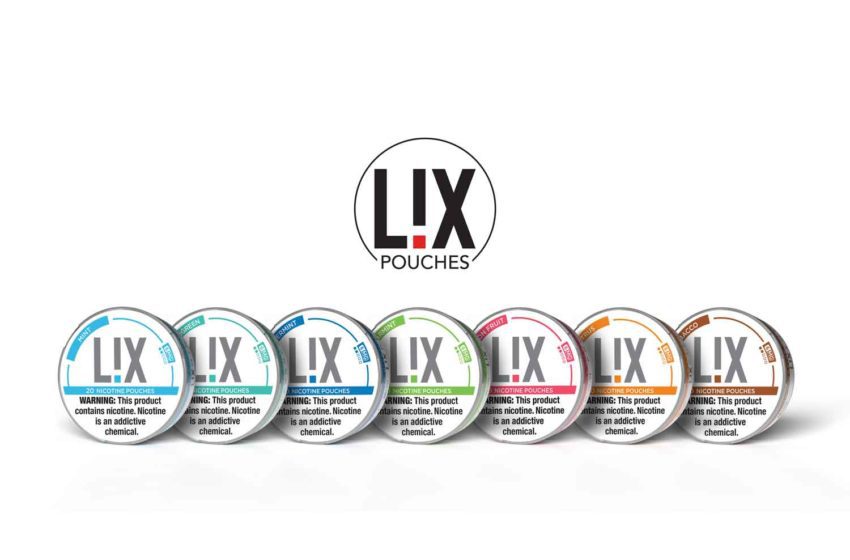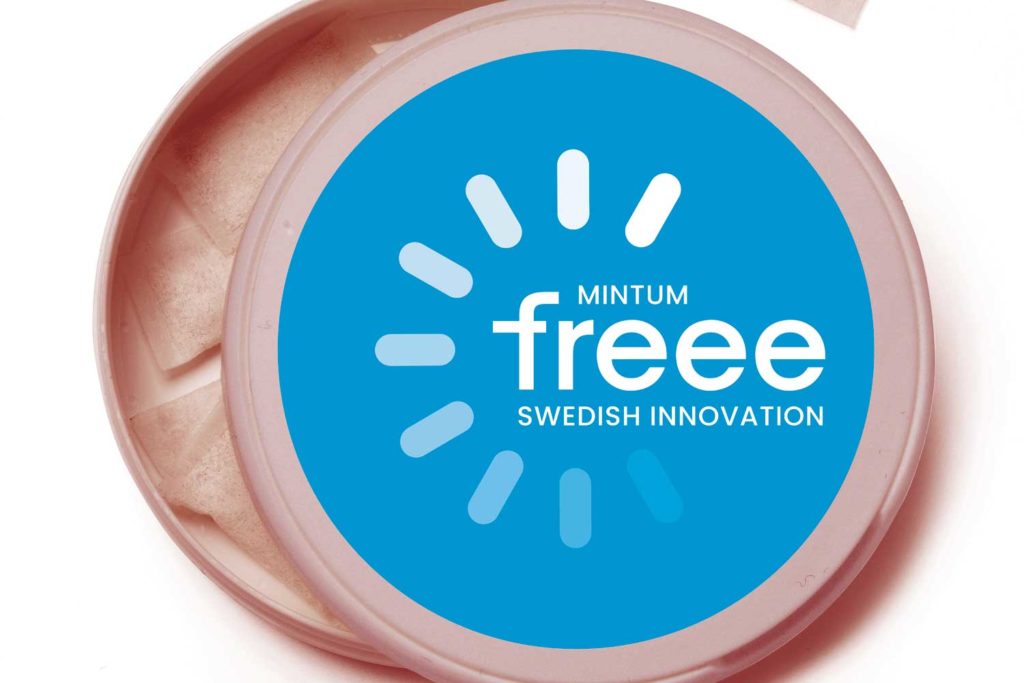
The U.S. Food and Drug Administration has accepted for review TJP Labs’ premarket tobacco product application for L!X nicotine pouches.
“TJP Labs created L!X nicotine pouches for adult (21+) users of nicotine-containing products who cannot or choose not to discontinue nicotine use, especially those who wish to transition to noncombustible, oral-use products,” said TJP Labs CEO David Richmond-Peck in a statement.
“The acceptance of our application by the FDA showcases our team’s dedication to providing adult users with alternatives that can potentially reduce the harm associated with traditional combustible tobacco products.
“Our facility’s Health Canada Drug Establishment License (DEL), Natural Health Products Site-License, ISO 9001:2015, HACCP and cGMP certifications speak to the rigorous quality standards at TJP Labs and will further bolster our ability to service high-volume international markets.”
TJP Labs is a full-service contract manufacturer of premier next-generation products, focusing on modern oral nicotine pouches and oral delivery solutions for caffeine and other nutraceutical products. The company is headquartered in Pickering, Ontario, Canada.
L!X nicotine pouches are marketed by TJP Labs’ subsidiary L!X Innovations.


















